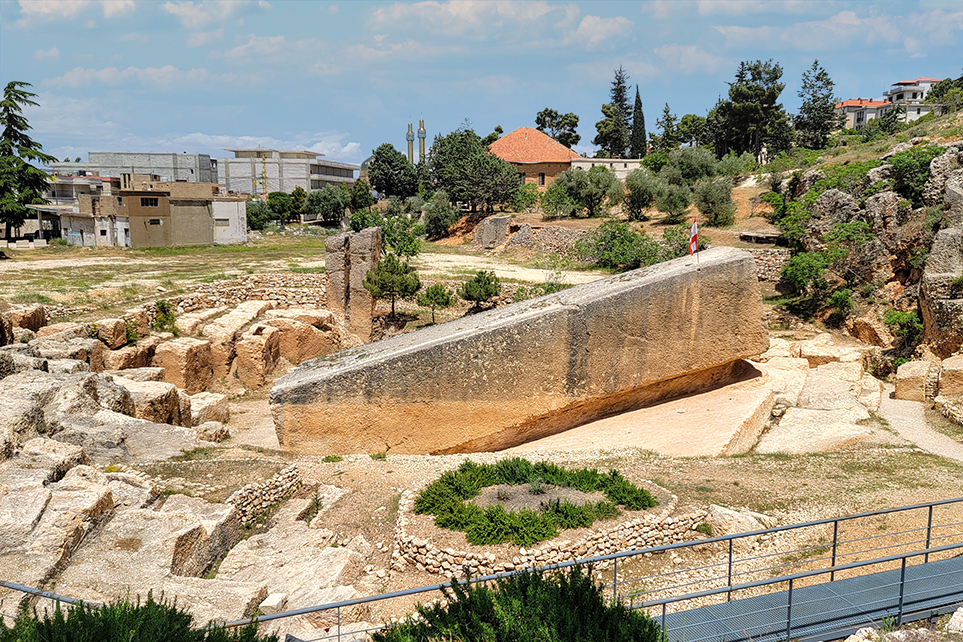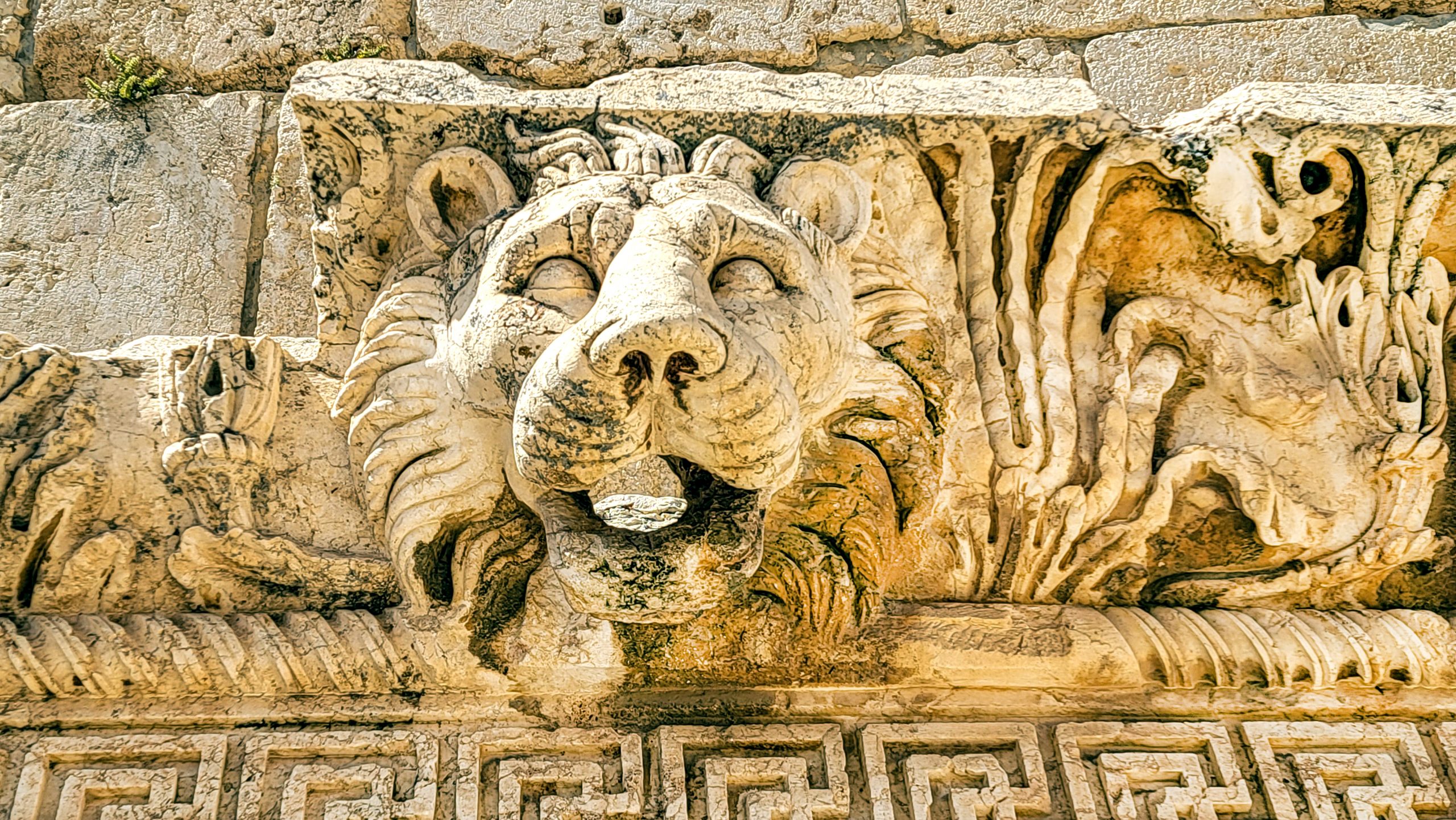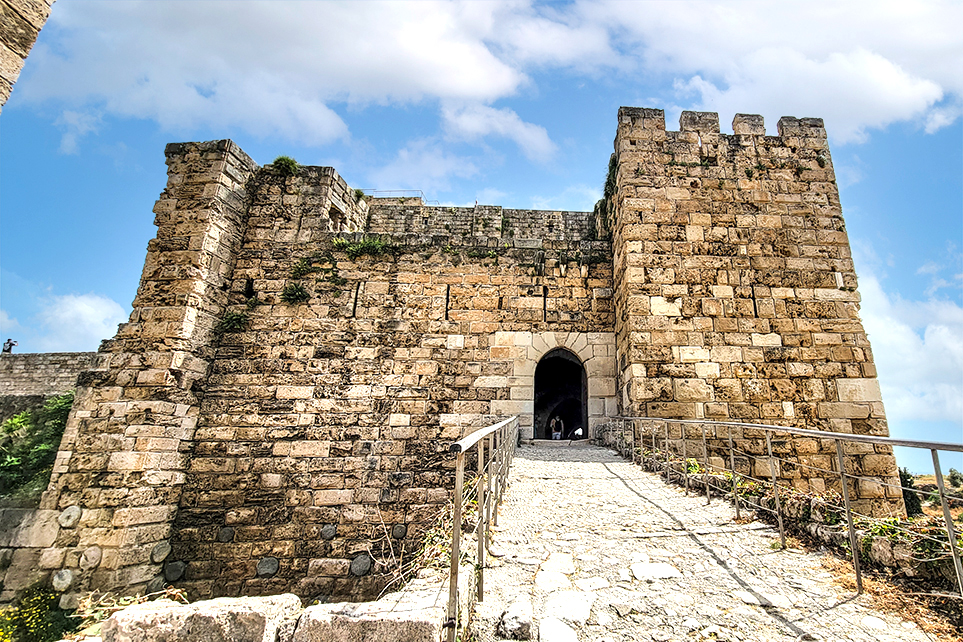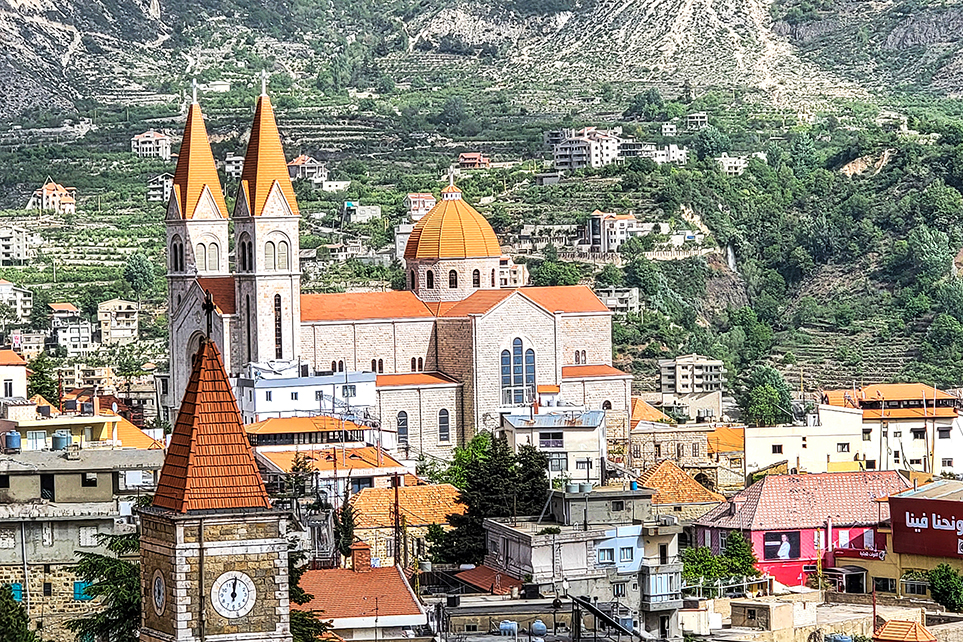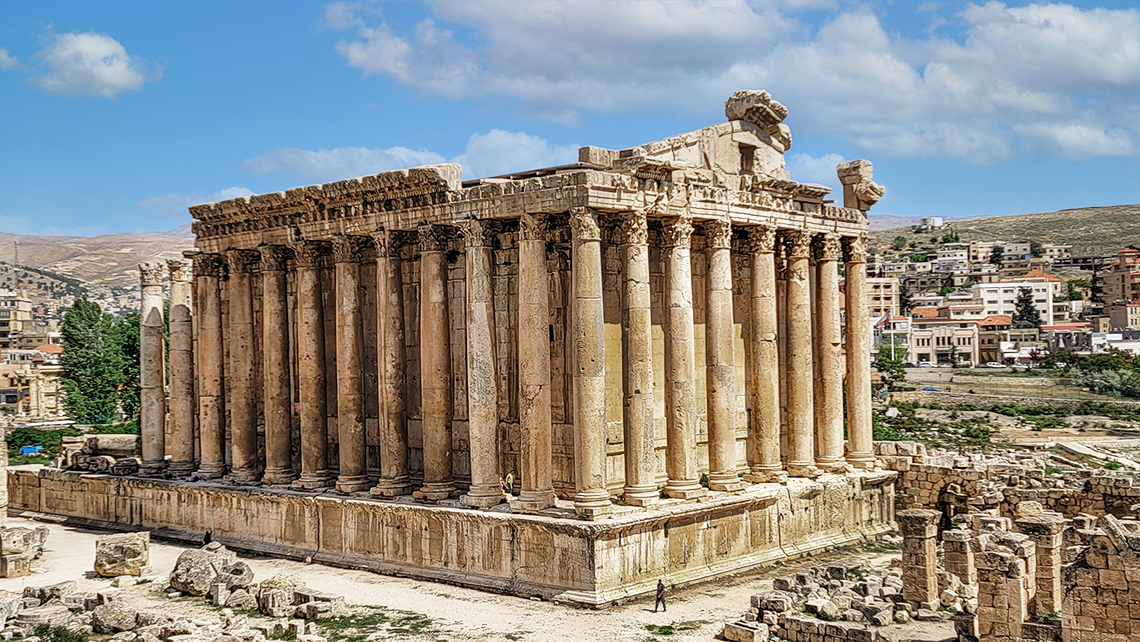
Baalbek is an ancient city located in the Beqaa Valley, 85 km northeast of Beirut, with several layers of buried history, starting with the Phoenicians, followed by Romans, Christian Crusaders, and the Ottoman Empire. Still, discoveries are being uncovered as archeologists still excavated this site. In addition, the city of Baalbek is recognized by UNESCO as a World Heritage Site.
HISTORY
It is believed that Baalbek was inhabited as early as 9000 BC and grew into an important pilgrimage location for those who worshiped the Queen of Heaven in the Phoenician religion. In the center of the city was a grand temple dedicated to Astarte and Baal, which the remains lie beneath today’s Roman Temple of Jupiter Baal. Interestingly, Baalbek is mentioned in the Bible as the city of the glory of human sacrifices to Baal, the Canaanite God of Fertility.
Later, the city became known as Heliopolis, ‘The City of Sun,’ under the Greeks, who added to the temples. Later was used by the Romans as a foundation for a new temple complex that took 250 years to build. . It became a complex of temples dedicated to Venus, Jupiter, Bacchus, and Mercury, though little is left of the temple of Mercury.
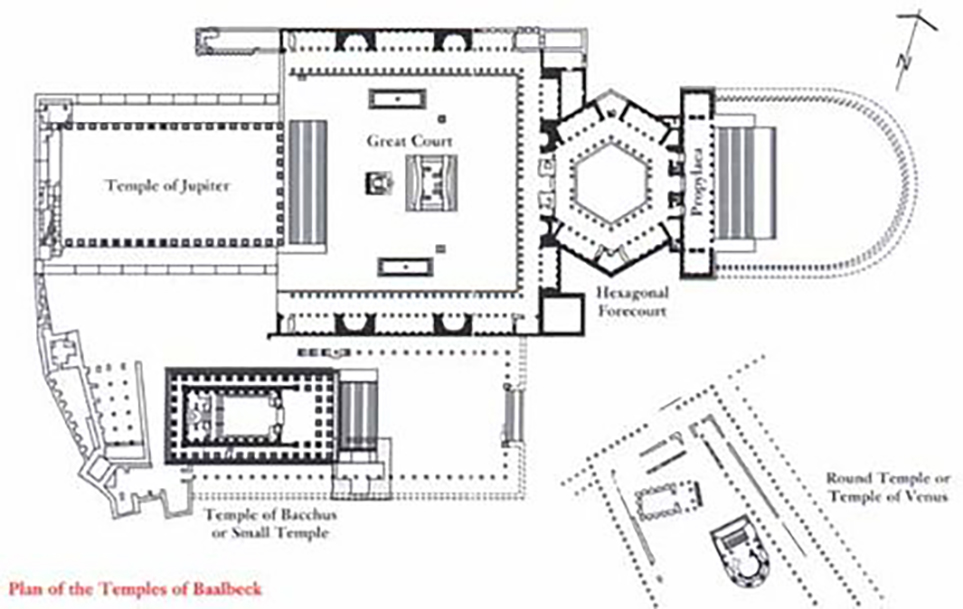
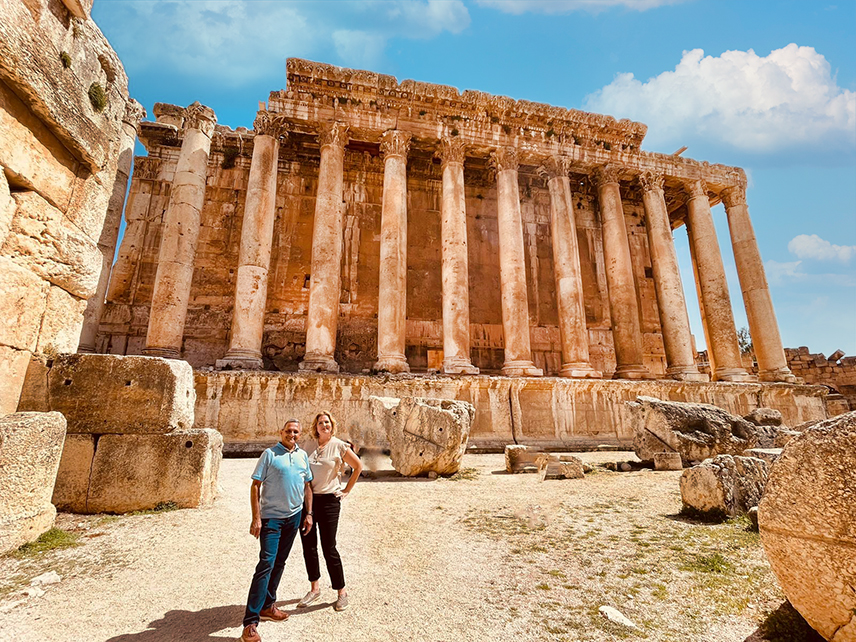
Once the city converted to Christianity, the Roman Empire destroyed some sites. However, the Temple of Bacchus, still standing today, is larger than the Parthenon of Athens and all the temples of the Roman complex. The temples continued in their role as Christian places of worship until the coming of the Muslim Arabs in 637 CE.
Following the victory over the Byzantine forces, the Muslim ruler renamed the area Al-Qalaa (the fortress). Many of the temples and structures on site were strengthened for defense, a mosque was built, and most Christian structures were torn down and destroyed. Unfortunately, the city was primarily ignored under the Ottoman Empire, and many of the temples were allowed to crumble. Excavation work did not begin until 1898 by a team of German archeologists who started to preserve the area. Later other international teams joined, preserving Baalbek for future generations.
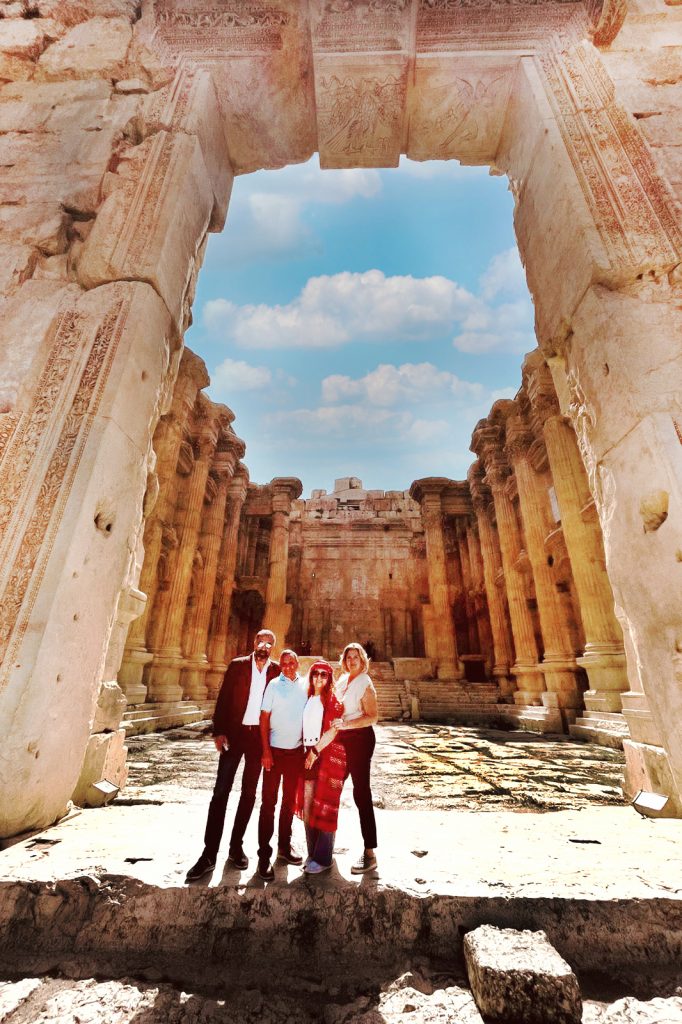
Quarry of Baalbek (Stone of the Pregnant Woman)
Before exploring the archeological site of the ancient city of Baalbek, stop to check out the ancient Roman Quarry called Hajjar al-Hibla. Here you will find stones that were cut and used to build the temples of Baalbek. These stones were cut but never finished and left there to be used but were forgotten. So, slowly, over time were buried under the ground.
What is so interesting about this site is the visual perspective of how massive these stones were, which leaves you to question how they moved them to build the temples? One stone is about 20 meters long and 4-5 meters on each side, weighing about 1,000 tons. Today, archaeologists, scientists, and historians are mystified about how the stones were moved and how they could have been manipulated into place.
Before exploring the archeological site of the ancient city of Baalbek, stop to check out the ancient Roman Quarry called Hajjar al-Hibla. Here you will find stones that were cut and used to build the temples of Baalbek. These stones were cut but never finished and left there to be used but were forgotten. So, slowly, over time were buried under the ground.
What is so interesting about this site is the visual perspective of how massive these stones were, which leaves you to question how they moved them to build the temples? One stone is about 20 meters long and 4-5 meters on each side, weighing about 1,000 tons. Today, archaeologists, scientists, and historians are mystified about how the stones were moved and how they could have been manipulated into place.
The quarry, also named ‘Stone of the Pregnant Woman,’ received this name for two reasons. The first one is that the stone increased fertility. Second, people have said that a pregnant woman claimed she could remove the rock if they would feed her. These three monoliths are believed to be even more significant than what is seen on the surface.
After walking about the quarry, we visited the local gift shop nearby and made a couple of purchases. Here you can read more about the quarry and the person who discovered the site.
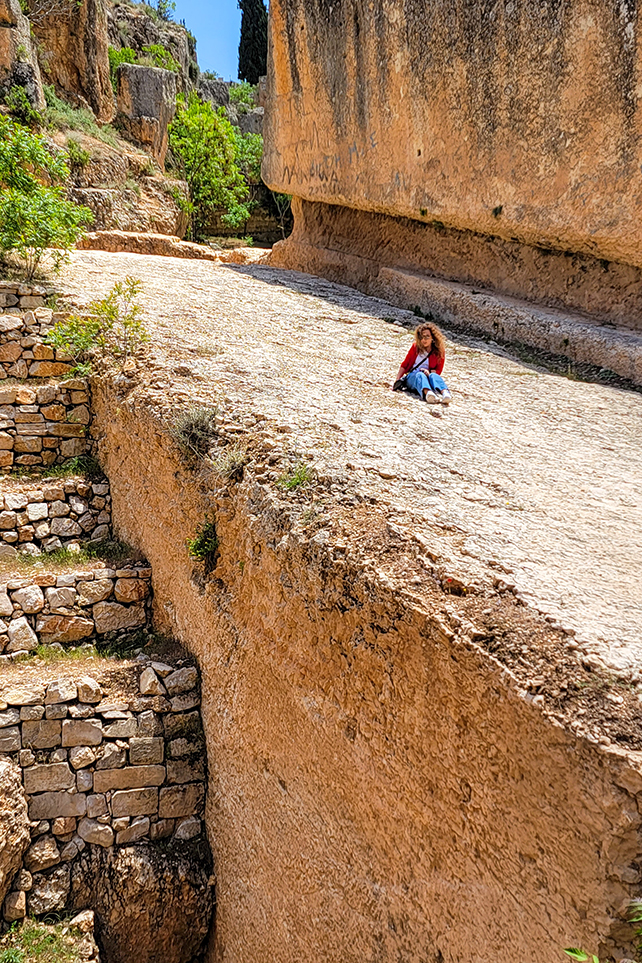
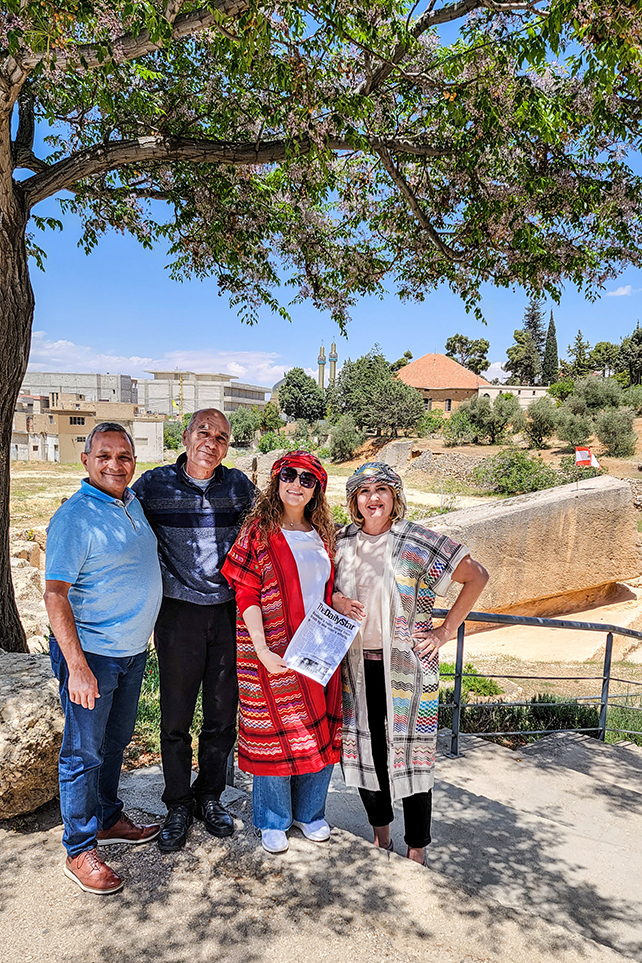
The Temple of Venus
Before the main entrance into the ancient city, you will pass by the Temple of Venus, a fertility goddess built in the third century. The temple was later used as a church dedicated to Saint Barbara (based on legend), the daughter of a Heliopolitan dignitary.
The horseshoe-shaped platform, with a circular shrine and a square entrance, is niched with representations of doves and shells linking it to the shrine dedicated to Venus. Next to it is an incomplete Temple of the Muses.
You can see much of it from the walking path, although you can’t roam about this temple due to current excavation work.
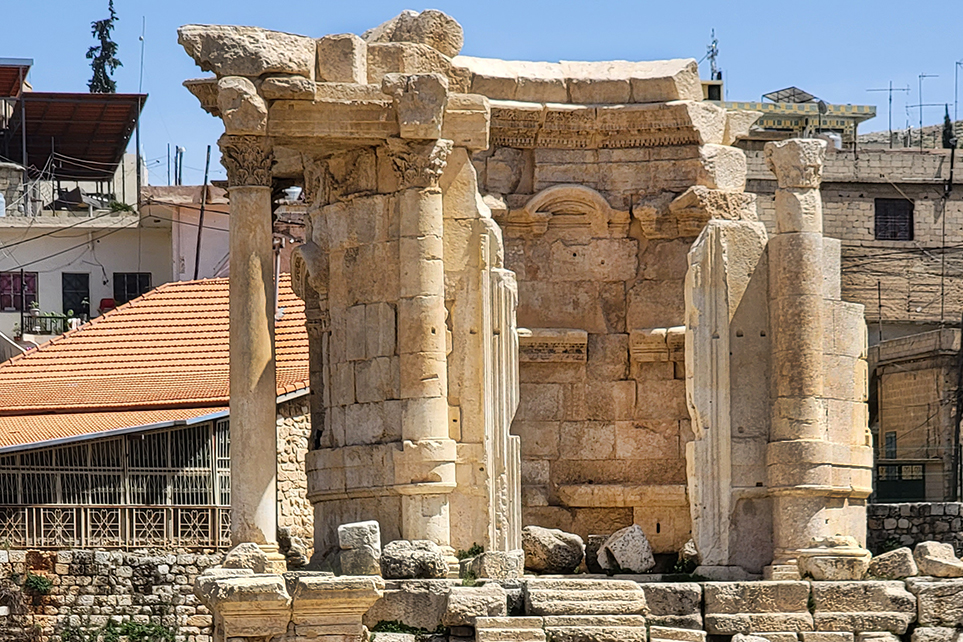
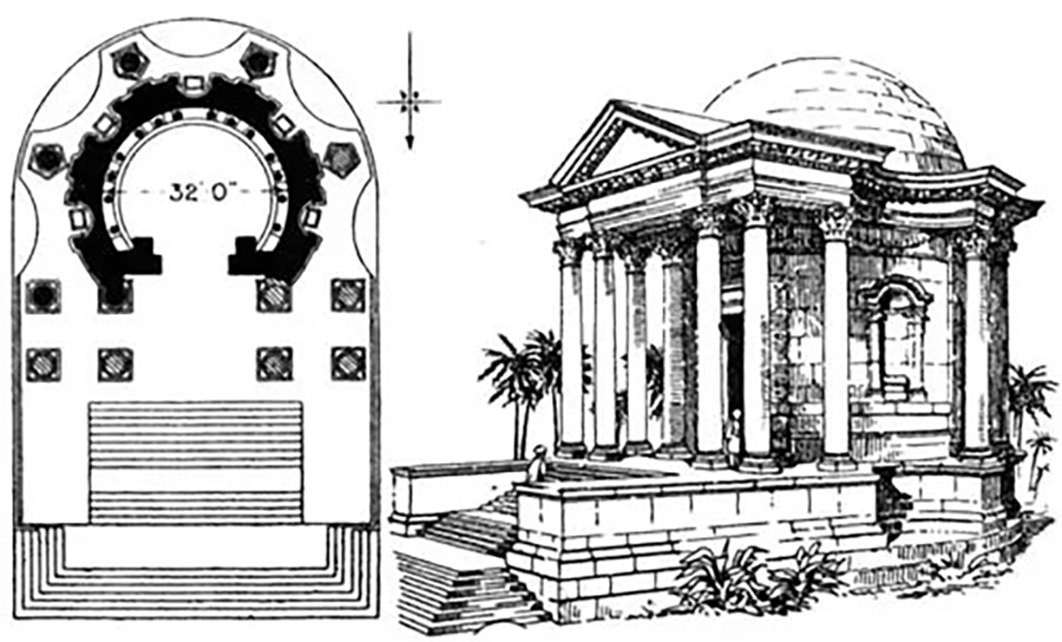
The Entrance and the Temple of Jupiter
Once you have purchased your ticket at the main entrance, you will enter the site, climbing steps that once were the grand entrance into the Temple of Jupiter, built during the 1st century AD.
Once you climb the stairs, you will enter the Propylaea (entrance) area. Then you will head into the Hexagonal Court that is now roofless. The structure once had a circle of thirty columns. This was a grand forecourt to what would have been a large plaza edged with buildings and altars.
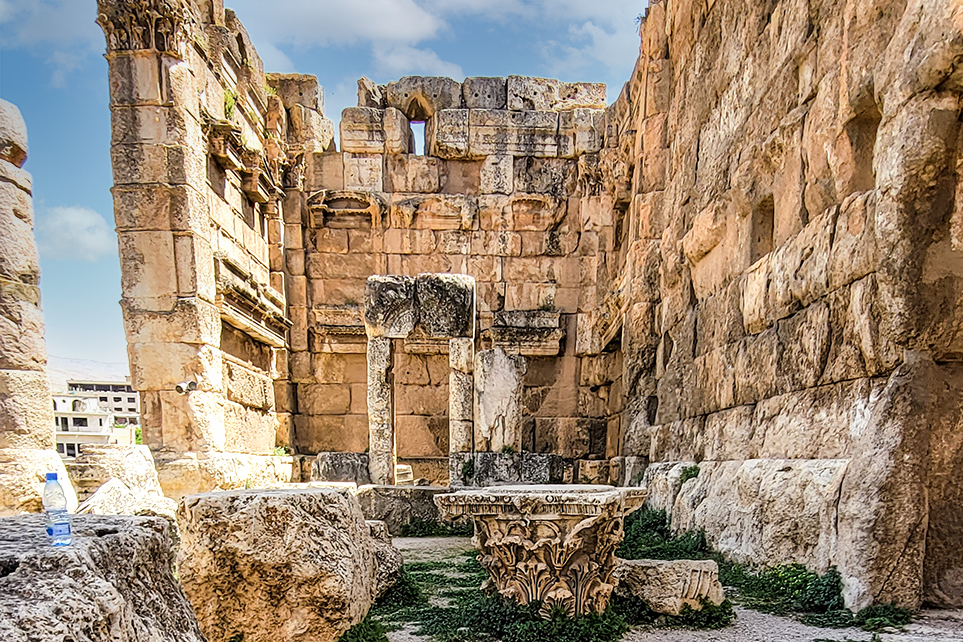
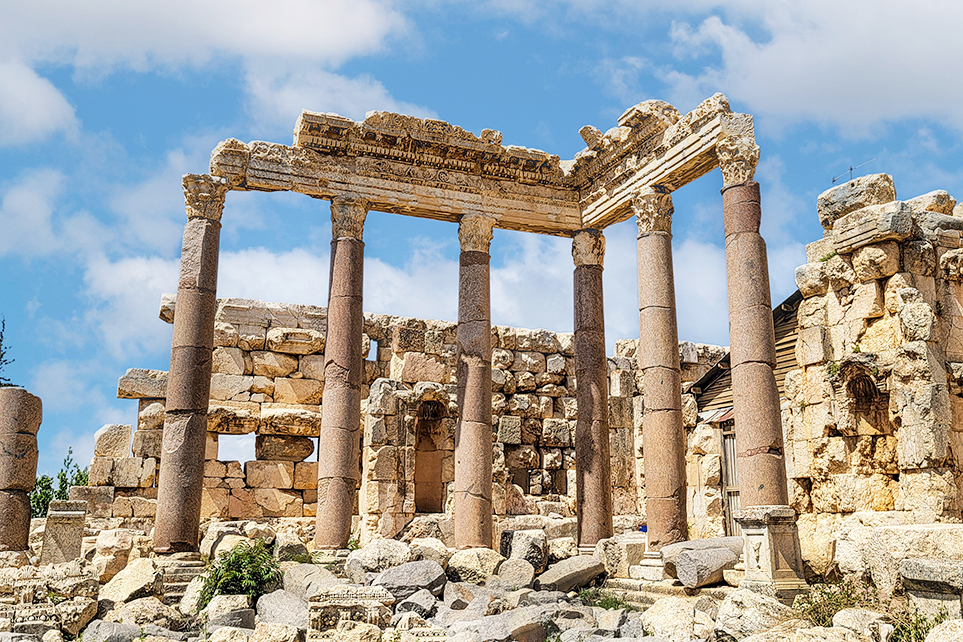
Great Court.
The Great Court is surrounded by porticoes. There were two basins, two tower-alters, and two free-standing columns on one side. These large sanctuaries are believed to have been very holy places. Here you will find where sacrificed animal rituals were based on spiritual beliefs of bringing good health and well-being.
On each side of the main altar are two basins, with fountains in the center. You will see decorations of all kinds of mythological sea creatures along the outer edge. Some of the decorations are unfinished, which helped archeologists understand how these sculptures were created.
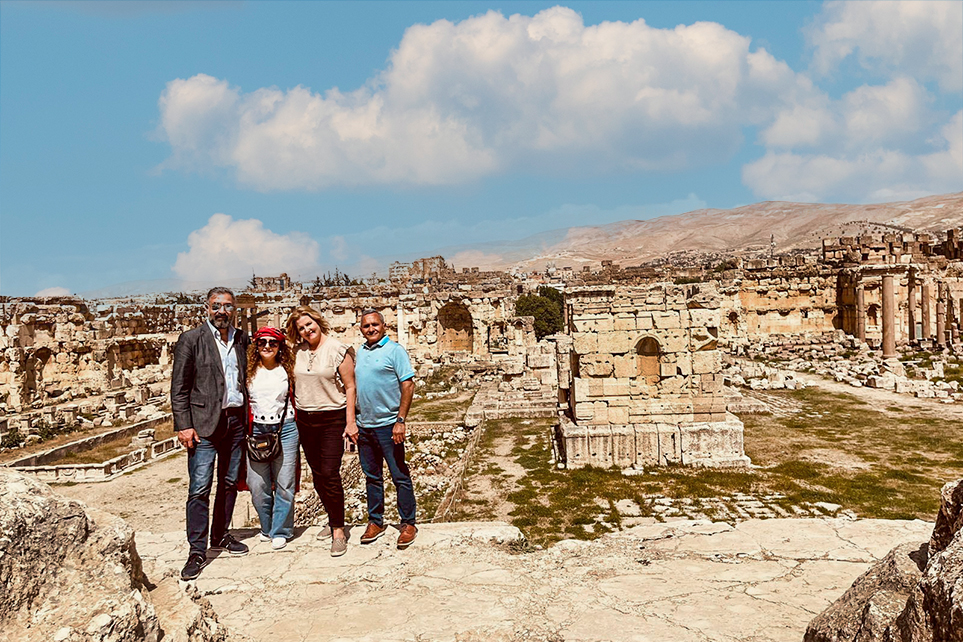
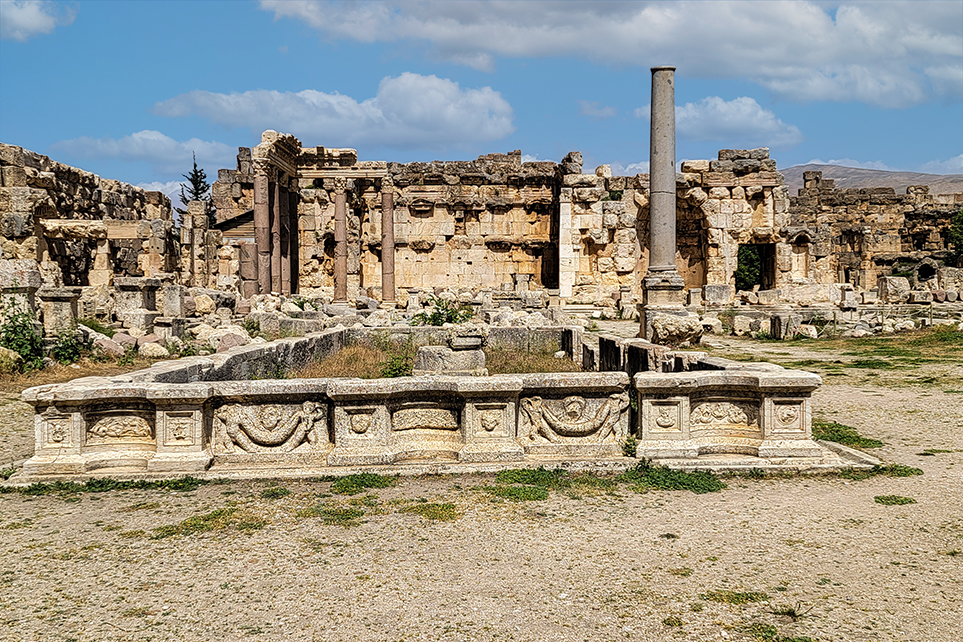
As you climb another set of stairs, you’ll come to the Temple of Jupiter (God of Sky and Thunder). This temple was the largest in the Roman world and served as an oracle. The temple consisted of 54 columns, 19 meters (65 feet tall and 8.2 feet in diameter, weighing 800 tons) above the ground, but today only six of the original columns are still standing.
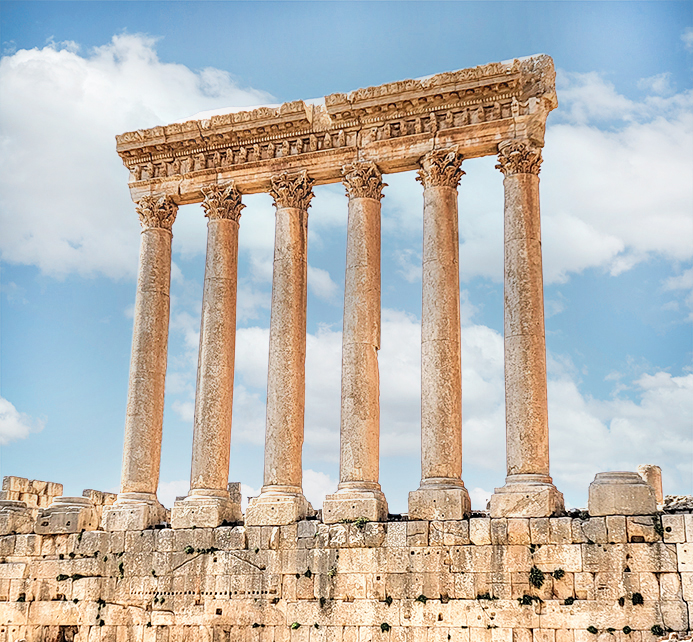
Temple of Bacchus
One of the most spectacular structures in Baalbek is the Temple of Bacchus. Larger than Parthenon in Athens, this structure has been well preserved, standing 36 meters wide and 69 meters long. Although this is a massive temple, it is dwarf in size next to the Temple of Jupiter.
Said to have been dedicated to the god of wine and ecstasy based on the decorations of dancing girls and grapevines carved into the stone as you enter the temple. Based on the lavish decorations dating to the second century BC, it is believed that the temple was completed during the reign of the emperor Antonius Pius.
.
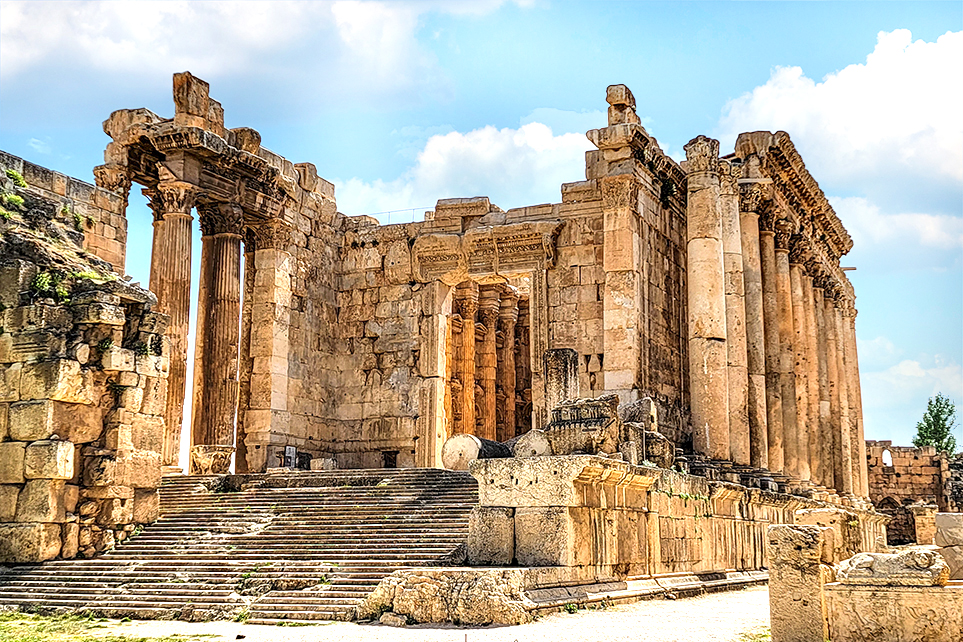
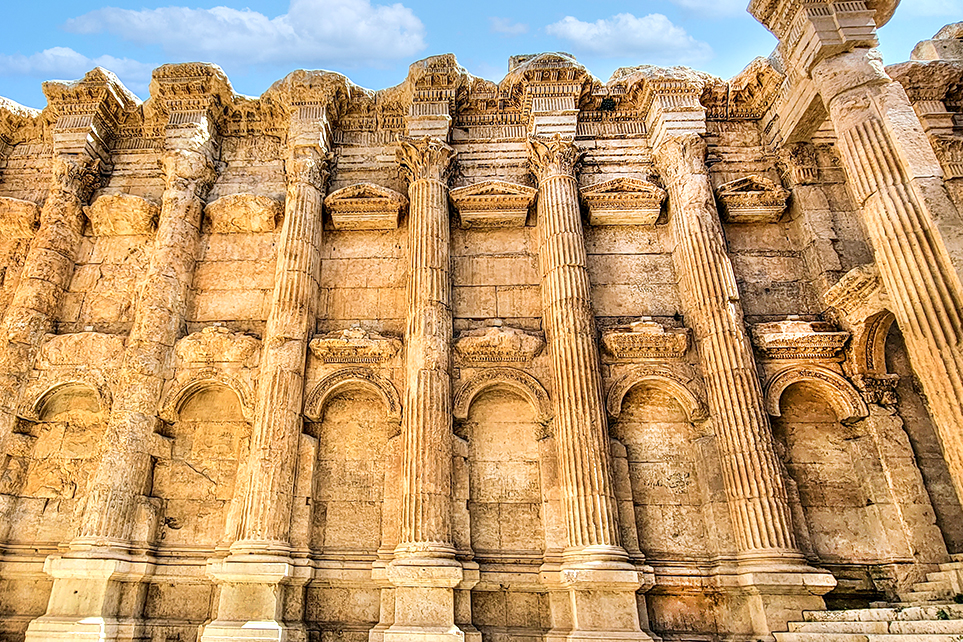
The temple’s interior is filled with sculptures depicting rituals related to Bacchus. Further inside is the inner sanctum, an elevated platform where you will find two statue nooks ornamented with frolicking Maenads, who are intoxicated followers of Bacchus.
As you step outside the walls of the Temple of Bacchus, look up at the ornate ceiling of depictions of Roman heroes and love stories. It will surprise you to see these enormous columns surrounding the temple walls and remnants of a roof, which is ornately decorated like the rest of the temple.
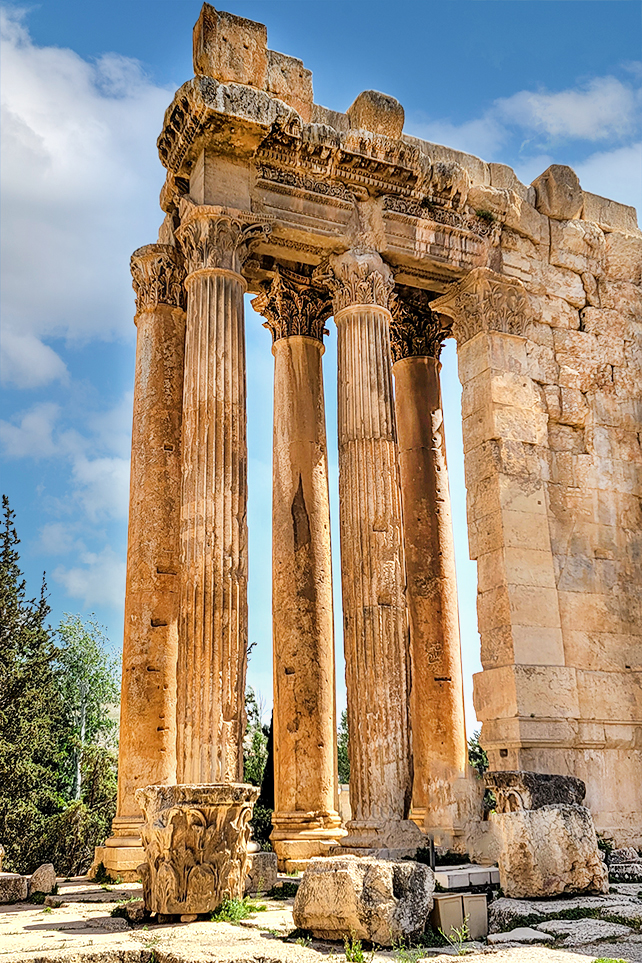
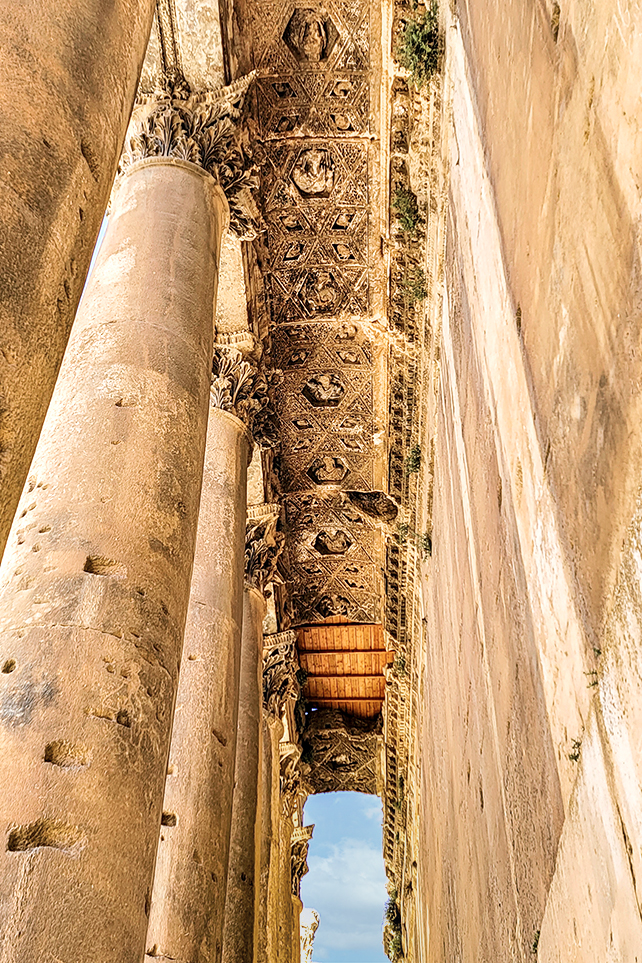
What changes were made under the Roman Empire to the temples?
When Emperor Constantine converted the Roman Empire to Christianity in the early 4th century, construction stopped. Temple of Jupiter was torn down and replaced by a basilica. The images of Roman gods throughout the complex were destroyed. Later the Hexagonal Court and both the Temple of Venus and the Temple of Bacchus were converted into churches
In the 7th century, after the Arab conquest, the site was made into a fortress, hence the extra building blocks on top of the walls. A whole series of conquerors used it after that.
Interesting Highlights
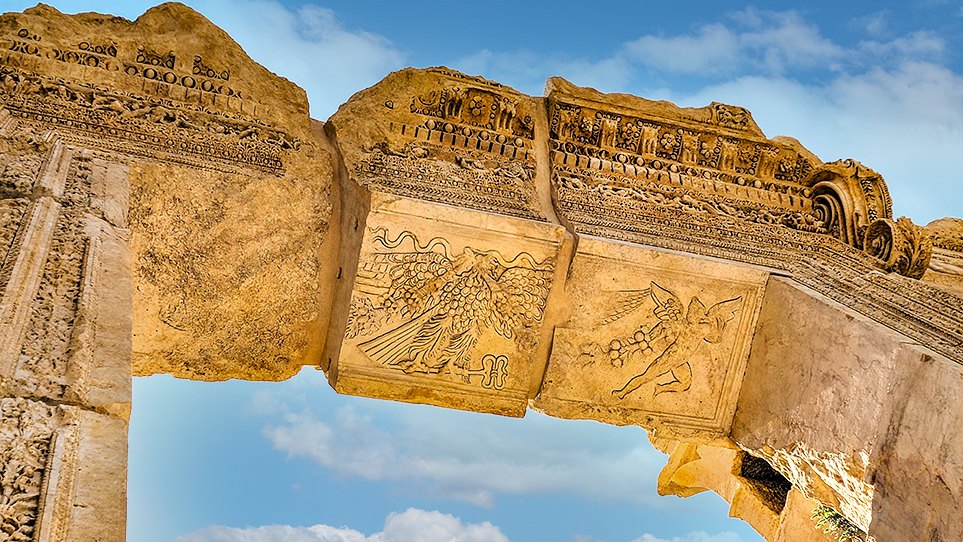
Not everything was destroyed, though. Bacchus was the god of agriculture, wine, and fertility; this stone carving is on the enormous doorway into the temple of Bacchus.
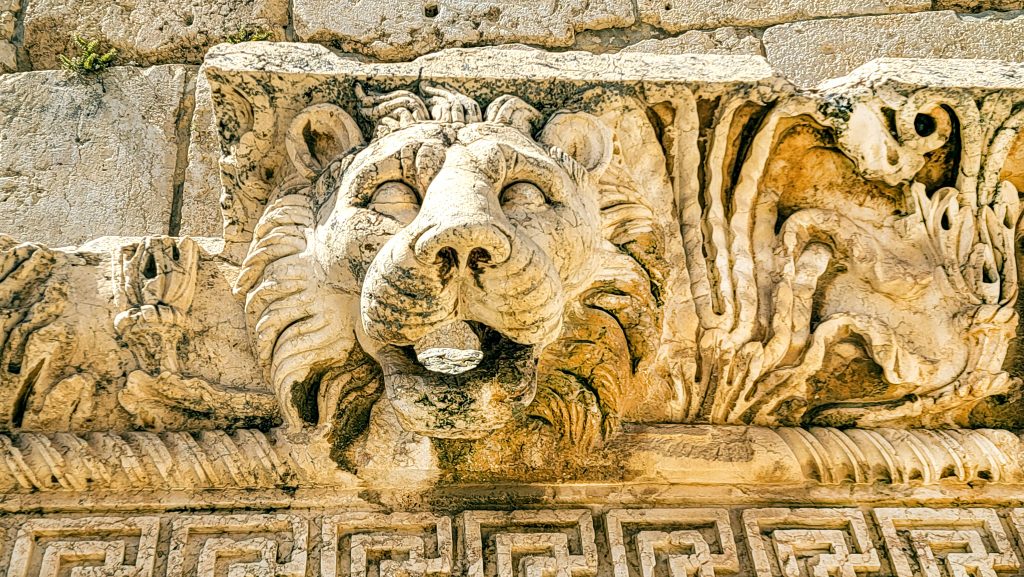
Lions are a symbol of strength. This one is on a massive piece of the rubble from the Temple of Jupiter at Baalbek, Lebanon. Behind the lion's head is a trough that captures water and pours through the lion's mouth like a fountain.
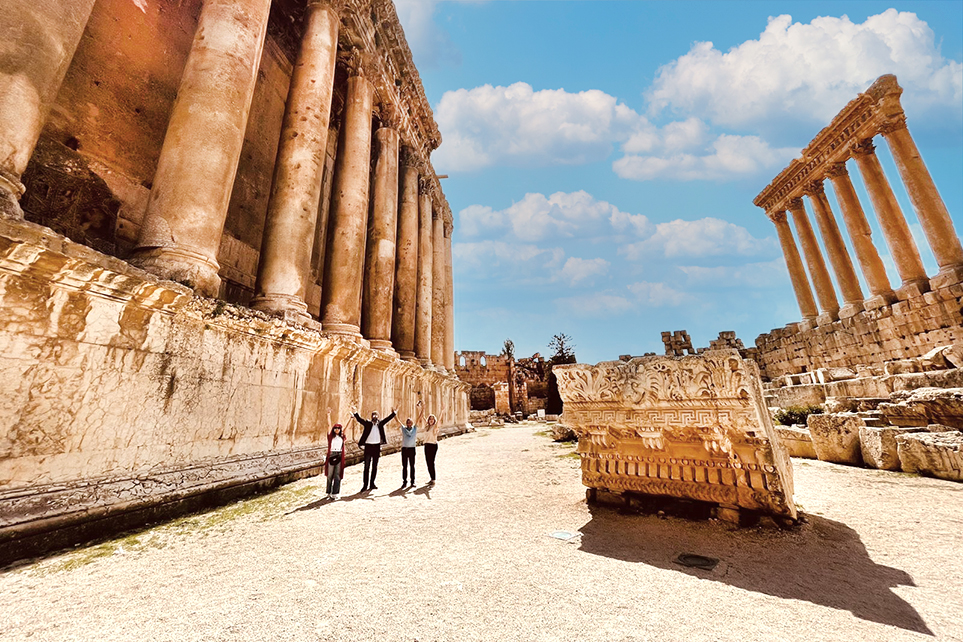
Notice how we are standing at the base of the columns near the Temple Bacchus. This gives you an idea of how big this temple is!
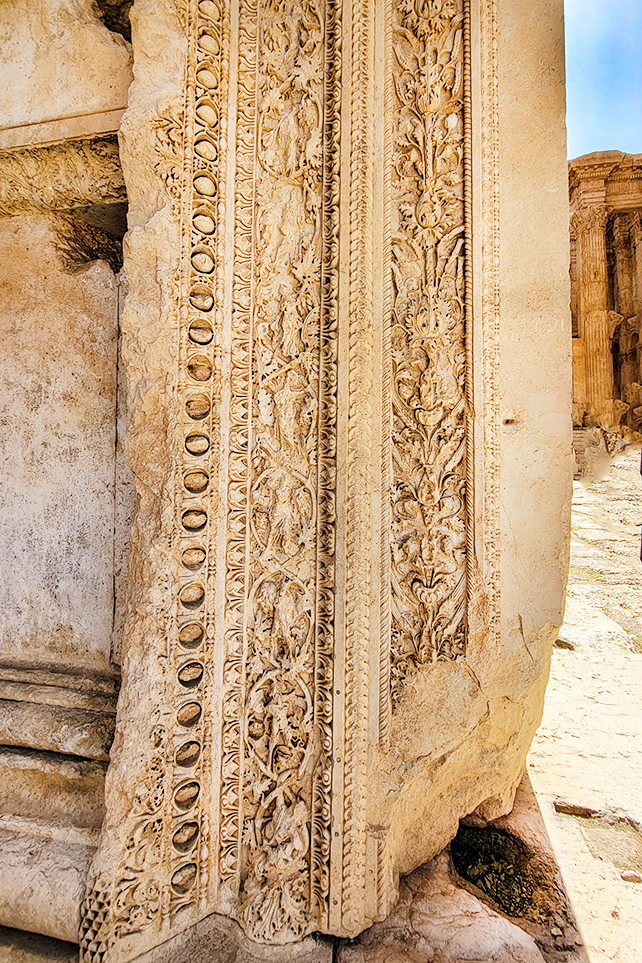
Here you can see the grape vines that outline the entrance into the Temple of Bacchus.
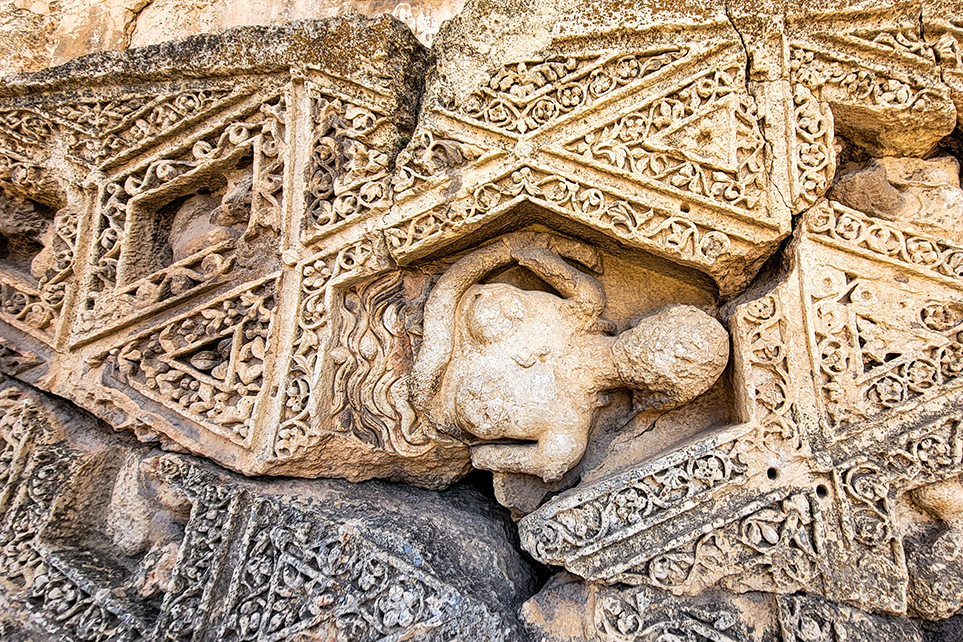
This is a fallen piece of the ceiling on the outer wall of the Temple Bacchus. You can see the depiction of the death of Cleopatra by poison.
Traveling through Time
Exploring Baalbek is like traveling through time. You will most likely walk away with more questions about the people that created these massive temples, the engineering of the buildings, and so much more. Unfortunately, you are not alone in searching for answers, as many are still unanswered by archeologists and scientists.
If you join a tour guide, you will spend about two hours walking through the site. As you meander through the ruins, large sections are still being excavated and can not be explored. Two small museums are on site, so make sure to include this in your time to visit (not included in the tour).
Walking through these ruins is mind-blowing! It is tough to fathom the construction of the Temple of Jupiter, which is even bigger than the Temple of Bacchus. Seeing Baalbek was the highlight of my travels through Lebanon.
Getting There
Baalbek is about 90 kilometers (55 miles) northeast of the Beirut area.
You can do this drive in a rental car, but I wouldn’t recommend it unless you’re familiar with driving in the Middle East. The best idea is to book a prearranged day tour to Baalbek with an established company (see below).
Hours and Admission
- Hours: open daily 9:00 – 18:00
- Admission: 15,000LL per person
Best Baalbek Tours
I highly recommend going with a tour guide through the city of Baalbek. To understand the structures and purpose, you will need to hear from a tour guide explaining the decorations’ meanings and what some of the rubble represents.
- A great source to review tours is TripAdvisor.
- Viator also offers several options.
- Check out GetYourGuide for tour options.
- An alternative is to take a taxi for the day. This will cost you about $50-$80 for the day but give you more flexibility. (Make sure to agree on a price with the driver before you set out on your trip).
- You can also hire a guide at the main entrance to Baalbek. ( Again, agree on a fair price before entering the grounds).
Safety Caution
Make sure to read the official travel advisories from your government about travel in Lebanon. The conflict in Syria can sometimes cross the border into Lebanon, and the Baalbek ruins are quite close to the border.
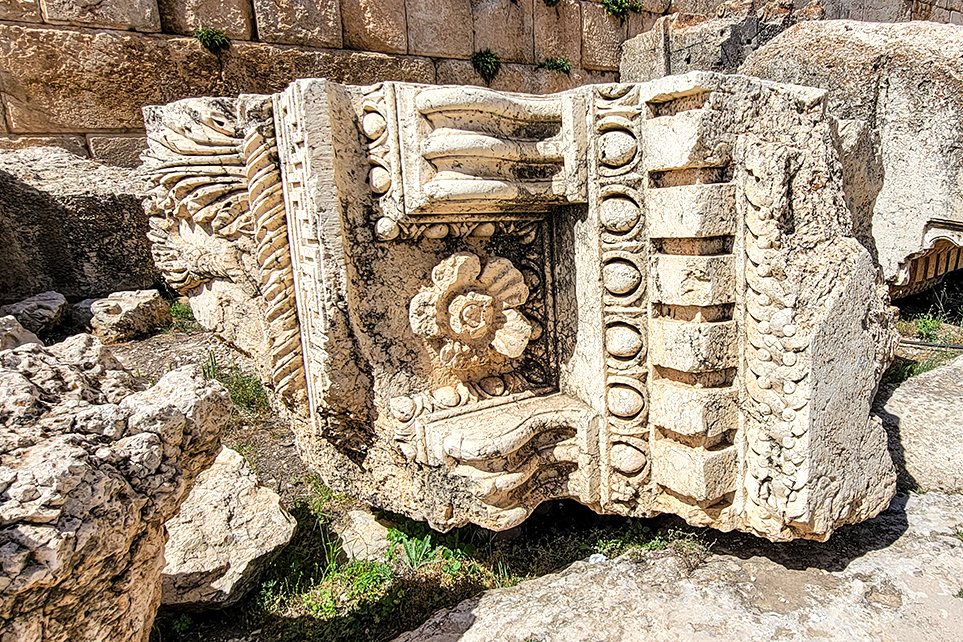
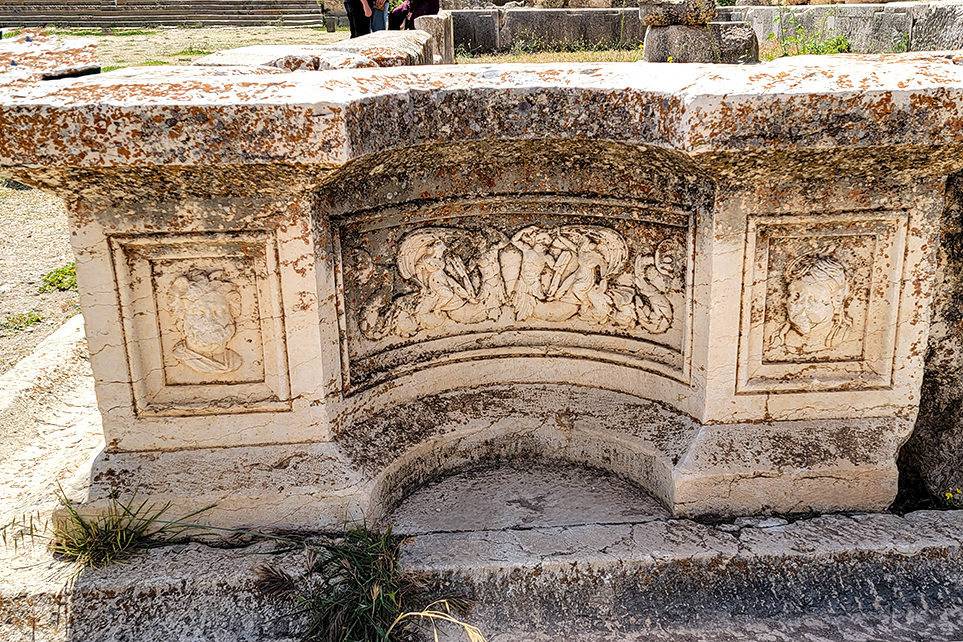
PSST: HERE ARE SOME OTHER BLOG POST YOU MAY WANT TO CHECK OUT WHILE VISITING LEBANON:
DAY TRIP IN LEBANON
TRAVELS TO SOUTH LEBANON
TRAVELS TO NORTHEASTERN LEBANON
JOURNEY TO THE CITY OF BEIRUT
TRAVELING IN THE BATROUN DISTRICT
BEST OF BYBLOS
THINGS TO SEE IN TRIPOLI
Enjoy your travels! Please read my blogs about other exciting places around the world at Traveling Lens Photography.
If you want to read more follow me on Facebook, Instagram, or Pinterest as I share my journey.
Happy Travels!


